Nikon D800 Review
Nikon D800
Much more than just a collection of big numbers, the D800 is Nikon's best DSLR yet.
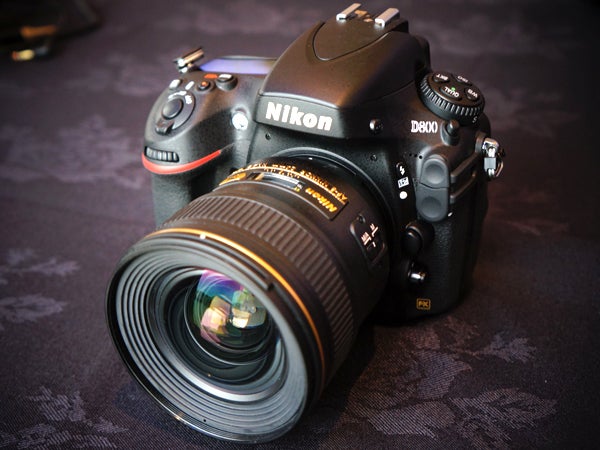
Verdict
Pros
- 36.3MP sensor produces bags of fine detail
- Pro-grade build quality
- Phenomenal image quality in all conditions
Cons
- 36.3MP sensor produces huge file sizes
- 4fps may be a tad slow for some pros' needs
Key Specifications
- Review Price: £2599.99
- 36.3MP FX CMOS sensor
- Nikon EXPEED 3 image processor
- ISO 100 - 6,400 (50 - 25,600 in exp. mode)
- 1080p Full HD movies at 30fps
- 91k-pixel TTL exposure metering
- 51-point AF module with 15 cross-type sensors
The Nikon D800 is a professional-grade full-frame DSLR with a class-leading effective resolution of 36.3MP that is likely to appeal to professional photographers and advanced enthusiasts. Rather than replacing the three-year-old D700 outright, the D800 will sit alongside its older sibling for the time being. That said, it’s pretty clear from the outset that the two cameras are very different beasts. This is hardly surprising, given that the two models are separated by around three and a half years – an absolute age in digital camera technology terms.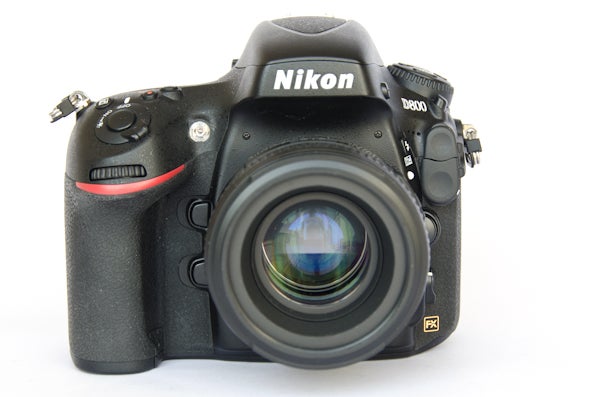
The big news, of course, is that the D800 uses a new 36.3MP FX CMOS sensor. This firmly establishes the D800 as the leader of the professional DSLR pack when it comes to effective resolution, and by some margin too. Indeed, it even puts the D800 into the same territory as some of the medium format digital backs so beloved of commercial and fashion photographers.
But of course, there’s much more to the D800 than headline resolution. Indeed, coming so soon after the launch of the £6000 Nikon D4, it’s no surprise to find that the D800 shares some of the hardware found in its more expensive sibling. This includes the EXPEED 3 image processor with its 14-bit A/D conversion and 16-bit image processing, the 91k-pixel RGB metering/AF/scene recognition sensor, and the same Multi-Cam 3500FX 51-point AF module that includes 15 cross-type sensors.
With its 11fps Continuous shooting speed and top (extended) ISO setting of 204,800, the D4 is geared more towards sports/action shooters and photojournalists whose chief requirements are speedy shooting and clean high-ISO performance. In contrast, Nikon is keen to position the D800 as more of an all-rounder, with Nikon especially keen to champion its video recording capabilities. In this respect, Nikon make a valid argument. Indeed, look beyond the headline-grabbing resolution and consider the D800 as a new model in its own right (as opposed to a straightforward linear replacement/upgrade to the D700) and it’s hard not to be impressed with what’s on offer. 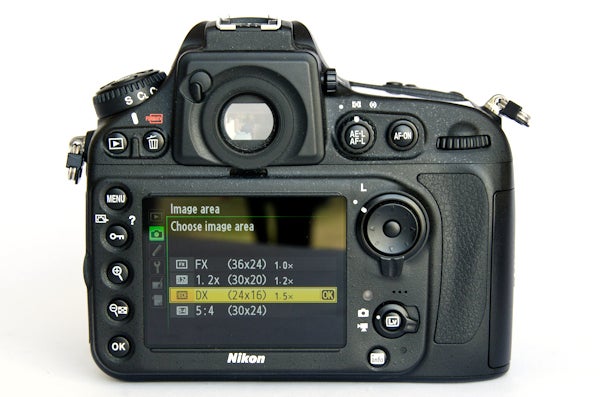
The D800 is built around an all-new full-frame (39.5mm x 24mm) FX CMOS sensor. With its effective resolution of 36.3MP, maximum output at the default 3:2 aspect is a whopping 7360 x 4912 pixels. Not only does this enable you to make huge prints with staggering amounts of detail, but it also allows you to crop your images quite aggressively. This can be really helpful if you don’t happen to have the right lenses to hand, or perhaps just miss something at the time that you later spot within an image.
Of course there is a price to be paid for all this flexibility, which comes in the shape of very large file sizes. As a guide you can expect large, fine-quality JPEGs to measure around 15MB each, with 14-bit Raw (.NEF) files measuring closer to 80MB in size. In addition the D800 can also record images as 16-bit TIFF files, and once processed you can expect these to take up around 212MB each.
In keeping with recent high-end Nikon DSLR models the D800 offers twin card slots, although it eschews the D4’s QXD compatibility in favour of one SD/SDHC/SDXC and one CF/UDMA card slot. Storage options can be customised and split between the two slots as you see fit; from one card acting as an overflow, to one card saving stills with the other saving movies, to both cards saving the same data simultaneously. Even still, the large individual file sizes will undoubtedly have some workflow repercussions, especially if the computer you use for editing your photos isn’t up to the task.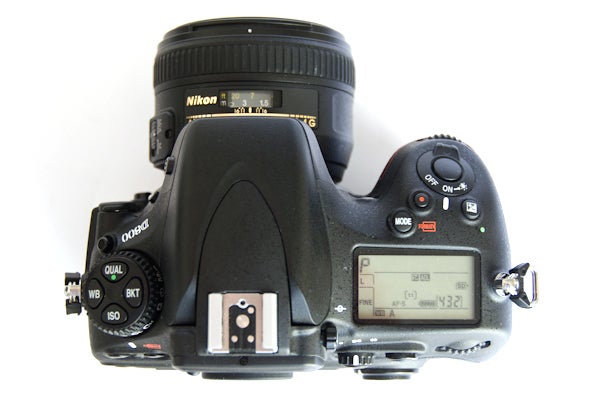
In addition to shooting in the default 3:2 aspect, the D800 can also shoot in 5:4 (30.2MP), 1.2x (25.1MP) and DX (15.4MP), which gives it quite a bit of added flexibility. When set to any of these alternative aspects/sensor sizes the D800 helpfully displays the area covered with a black outline in the viewfinder to make easier work of composing your image. Being a full-frame model the D800 obviously works best with FX lenses, however if for any reason you’re tempted to use a DX-optimised lens then you’ll need to set the D800 to DX mode, otherwise the smaller image circle of the DX lens will produce dark corners and edges in all your images. In all capture modes, the D800 can be set to record Large, Medium or Small JPEGs at Basic, Normal or Fine quality.
Alongside the new high-resolution sensor, the D800 uses Nikon’s latest generation of super-fast EXPEED 3 image processor. This enables the D800 to reach 4fps when used in Continuous shooting mode, which isn’t at all bad given the file sizes involved. Should you need a bit more speed, then it’s possible to reach 5fps when the camera is used in DX mode. With the optional MB-D12 battery pack this jumps to 6fps, but only when the camera is used in DX or 1.2x crop mode – at 36.3MP the top burst speed remains pegged at 4fps.
Sensitivity ranges from ISO 100 to ISO 6400 in standard mode, which is bookended by an extended Low1 setting that’s the equivalent of ISO 50 and a Hi2 setting that’s equivalent to ISO 25,600. Naturally, the burning question for many potential purchasers is to what extent the D800’s densely populated sensor affects low-light image quality. While the D700 was rightly praised for its ability to suppress noise at higher sensitivity settings and in poor light, resolution on that model was pegged at 12.1MP. Does the D800’s threefold increase in resolution adversely affect image quality in low light? Well, we’ll deal with the answer to that more thoroughly a little later on in this review, but the short answer for those who can’t wait until the next page is that it’s really not an issue at all as the D800 offers excellent high ISO/low-light performance.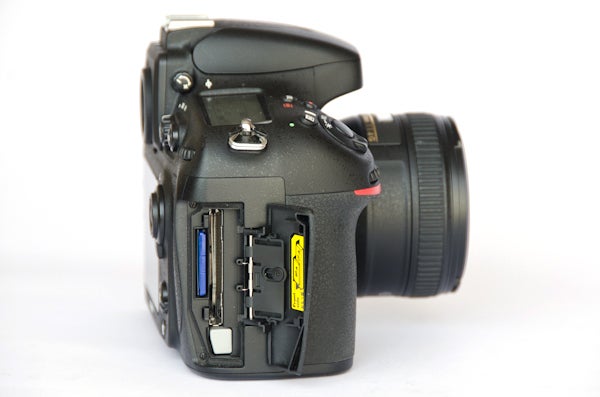
This being a professional-grade DSLR, there are no frivolous shooting modes beyond the basic quartet of PASM. Similarly, there are no digital filters or panoramic modes, although the D800 does offer the standard range of Picture Control settings that can be used to customise the look of still images and videos by adjusting sharpness, contrast, saturation and hue values. As ever there are six presets to choose from: Standard, Neutral, Vivid, Monochrome, Portrait, and Landscape, along with a couple of user-defined Custom settings. In a new twist, the Picture Controls can now be accessed directly from a dedicated button down the left hand side of the screen.
While Nikon pioneered the inclusion of HD movie recording on DSLRs with the launch of the D90 in 2008, the company has long since seen its position usurped by rivals, most notably by Canon’s ‘5D’ DSLR range. In 2009 the 5D MkII quickly became the go-to DSLR for video enthusiasts, while the recently launched 5D MkIII has upped the ante even further. Clearly aware of this Nikon hopes to establish the D800 as a class-leading, pro-grade DSLR for video shooters – something that we expect to see reflected in the company’s marketing and promotional material.
Thankfully for Nikon, the D800’s movie-making abilities do stand up quite well, extending to a maximum 1080p Full HD at 30/25/24fps, with a further option to shoot 720p HD at 60/50fps. The D800 also adds index marking to make the editing process easier, and it’s also possible to use the D800’s movie mode to record time-lapse images with. Sound is recorded in mono by default, however there are separate inputs for both an external microphone and a set of headphones, along with an HDMI output for live, uncompressed HDTV playback when the camera is being used in live view mode. The maximum length for individual movie clips is set at 29 minutes and 59 seconds, with movies stored as .MOV files and encoded in H.264/MPEG-4 format. 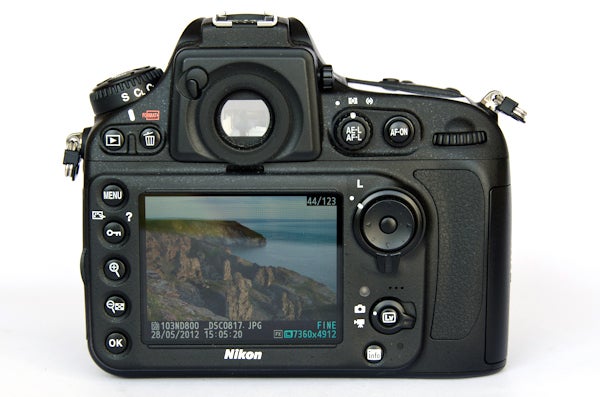
The back of the D800 is dominated by a large 3.2inch, 921k-dot LCD monitor that like so many other components has been lifted straight from the D4. Nikon is keen to emphasise the “vastly improved” colour range of this screen, even going so far as to claim that you’ll be able to use it to judge the quality of your images, without the need for a computer. While we’d certainly agree that it’s one of the best screens we’ve yet seen on a DSLR, we’re still more inclined to put our trust in the histogram than what’s displayed on the screen. One other thing of note is a new vertical/horizontal level-gauge, which will undoubtedly please landscape photographers – we certainly found it very useful while out shooting the north Cornish coast with while testing the camera.
Should you wish to hold the camera at eye-level then the D800’s optical viewfinder offers a 100% field-of-view magnified to 0.72x when the camera is being used in FX mode – a big step up from the 95%/0.72x offered by the D700. Last but not least, is the GN12 pop-up flash, and while this might seem a bit of an oddity on a pro-grade camera like the D800 it can provide some basic fill flash and is also compatible with Nikon’s Creative Lighting system, meaning it can act as a commander unit for wireless triggering of off-camera Nikon flashguns.
Befitting its status as a professional-grade DSLR the Nikon D800 benefits from solid, tank-like construction. Encased within an aluminium alloy frame that’s fully sealed against dust and moisture, the D800 feels every inch the professional tool it’s positioned as. In addition, the shutter has been tested to 200,000 cycles, which means it’ll give many good years of service. Professionals looking for a solidly built workhorse are unlikely to be in any way disappointed with the overall build quality and durability of the D800. 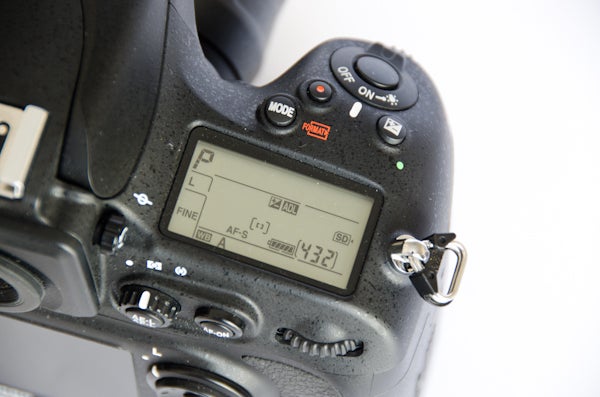
In terms of size, the D800 is claimed to be slightly smaller and around 100 grams lighter than the D700. While we didn’t actually have the older model to hand while working on this review, from memory this does seem about right. Despite lacking the horizontal grip of the D4 the D800 remains a fairly large and heavy camera that really requires two hands to operate. That said, the handgrip is sufficiently large and deep enough to wrap your whole hand around. This enables you to get a secure and comfortable hold of the camera, even for extended periods of time. The rubberised finish is pretty grippy too.
As with all high-end Nikon DSLRs, the D800 sports dual control wheels along with a good range of physical buttons that allow immediate access to regularly used settings. As might be expected the in-camera menu offers an extensive array of advanced customisation options, many of which will undoubtedly seem quite baffling to anyone without extensive photography experience and/or familiarity with pro-spec DSLRs. Those that do will find plenty to tinker with in order to get the camera working exactly the way they want it to. Thankfully, the menu is quite neatly laid out, making it relatively easy to navigate and set things up as you want them. Of course, if you’re new to Nikon then you’ll need to familiarise yourself with where to find things, but for those who’ve used Nikon DSLRs in the past menu navigation should be pretty much second nature from the get go.
In addition to the jump in sensor resolution, the D800 also takes a big step forward in several key performance areas over the D700. This is primarily down to the technological and hardware advancements that have been made in the three years since the D700 was released. One such component is the 91k-pixel RGB sensor that sits at the heart of both the D800 (and D4) and which links the camera’s Metering, Advanced Scene Recognition System, and AF modules together, thereby enabling them to work in tandem to produce the best possible results.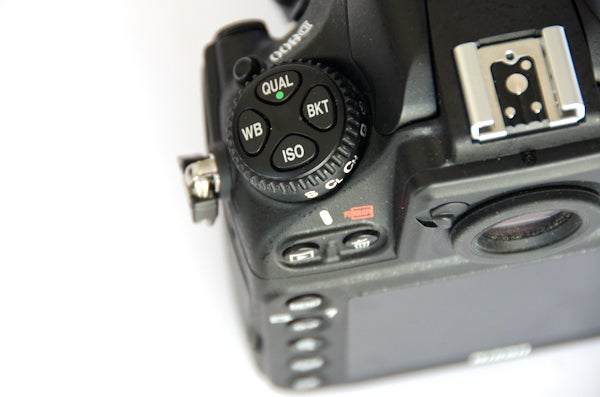
The face detection abilities have been much improved too and we found the camera was able to deliver consistently spot-on results – even when faced with tricky lighting conditions, for example strong backlighting, the D800’s is able to deliver balanced portraits that are neither overly silhouetted nor blown out. The 51-point Multi-CAM 3500FX TTL autofocus module is essentially the same one employed by both the D700 and D4, and uses 15 cross-type sensors in the centre of the viewfinder for enhanced speed and precision regardless of whether you’re shooting portrait or landscape. Autofocus options extend to a choice of Single-point AF, 9/21/51-point Dynamic AF, 3D Tracking and Auto Area AF.
In all AF modes the phase detection technology that underpins it is both consistent and speedy. The D800 is claimed to be able to operate in up to -2EV, which in real-world terms basically equates to shooting in moonlight. Certainly, during an extended sunset shoot we were perfectly able to shoot in the twilight, at least 20mins after sunset. While shooting these images (nominally to test ISO Performance) we were really quite blown away at just how easily the D800 was able to find focus and lock-on. Yes, in very dark conditions we have experienced a few frustrating moments of focus hunt, but on the whole the D800 is very quick and very accurate – even in pretty poor light. (See the Sample Images: ISO Performance page for the actual images we shot during this test).
Battery performance is also pretty good, although perhaps not quite up to the standard of the D700. The D800 uses a new power-saving design that’s been designed for minimal power drain while the camera is being used in live view and to record movies. We actually managed to conduct the majority of our test on a single charge – granted we only managed to shoot around 500 images and a few short movie clips, although by the same token we did spend an inordinate amount of time reviewing our images and flicking through the various in-camera menus.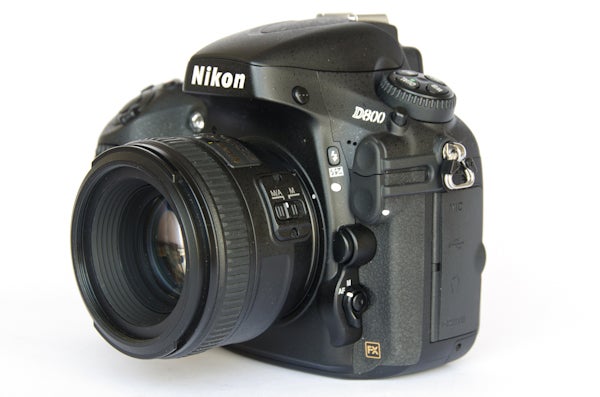
And so to image quality. Clearly anyone who is considering shelling out the best part of £2600 for a camera is going to want to know that it’s money well spent. Thankfully in the case of the D800 we can assure that this is absolutely the case. In fact, put simply, the D800 offers some of the very best image quality we’ve yet seen in a DSLR.
As mentioned earlier, shooting in Raw will result in huge 80MB files, however these can be adjusted and tune these to get your images to look exactly how you want them using either the supplied Nikon Capture NX2 software, or something like Lightroom 4 (there’s no support in Lightroom 3 though, so those with an older version will need to upgrade). Raw images do come out of the camera slightly softer than their JPEG counterparts, however with some careful sharpening it’s possible to end up with something far sharper than a straight-out-of-the-camera JPEG. In terms of colour and tone, Raw files are again a bit more muted than JPEGs that have been processed in-camera, although again the abundance of sensor data contained in Raw files (whether lossless compressed, compressed or uncompressed) means you have much more scope for processing tone and colour as you see fit.
Although we suspect the majority of D800 users will prefer to shoot Raw, there’s a lot to be said for the quality of the JPEGs it produces too. During our test period we primarily used the D800 with Nikon’s 50mm f/1.4 prime – a fantastic lens that’s as sharp as a surgeon’s scalpel and capable of producing exquisite bokeh when opened right up. Shooting around f/8-f/11 however produced really quite spectacular levels of detail, with images appearing to jump out of the screen. Used on the ‘Standard’ Picture Control setting, the D800 produces pleasingly vibrant (yet lifelike) colour, excellent tonality and good levels of contrast. Of course, you can always choose to ramp this up via the ‘Vivid’ setting or tone it down via the ‘Neutral’ option.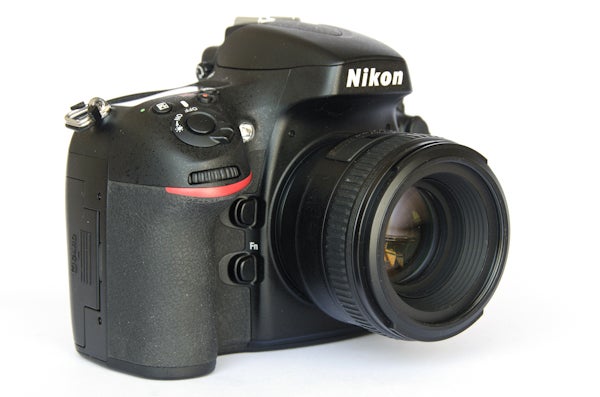
Metering proved particularly accurate, as did automatic white balance and we didn’t experience any issues with either – even in tricky lighting or when shooting under mixed natural/artificial lighting. You can choose between Matrix (multi-zone) metering, centre-weighted and spot and there’s also a highly customisable AE-L/AF-L button to call upon when you need it. Dynamic range especially impresses with the D800 able to reveal excellent levels of shadow detail in high-contrast scenes while retaining the highlights.
While many observers and potential purchasers were understandably worried about how such a high-resolution sensor might impact ISO performance, we have to say that in our experience these fears are largely unfounded. On the contrary the D800 excels at controlling noise, especially at middling to high sensitivity settings. Below ISO 1600 and noise really isn’t an issue at all, while at ISO 1600 the D800’s images are right up there with the very best we’ve seen, with noise barely making an impact on overall image quality – even when pixel peeping at 100% or more. At ISO 3200 a small amount of softening does begin to occur as a hint of noise creeps in (especially in processed JPEGs), although overall image quality is still very good. ISO 6400 is where noise becomes more noticeable, although yet again it’s perfectly possible to make good images at this setting – especially if you are shooting in Raw and processing out the noise yourself. Above ISO 6400 things do take a bit of a downturn with the two extended settings of ISO 12,800 and ISO 25,600 both displaying a fair bit of chroma as well as luminance noise. Overall though, for a camera with such a high resolution and such fantastic overall image quality we really can have no great complaints.
Verdict
The Nikon D800 is a professional-grade 36.3MP DSLR that delivers phenomenal image quality at around half the price of Nikon’s flagship D4 model. Overall, it’s a fantastic addition to the Nikon range that easily justifies its £2,600 price tag. Build quality is superb, handling is excellent and despite the huge range of customisation on offer the D800 remains relatively intuitive and easy to use. In terms of image quality, the D800’s 36.3MP sensor is able capture huge amounts of fine detail, which in turn allows you to make billboard-sized prints with. For this reason we can see the D800 finding favour with landscape and commercial photographers, although that’s not to say that its appeal is limited. On the contrary, the D800 represents a solid investment for just about all professional photographers and advanced enthusiasts looking for a serious tool to make professional standard images with.
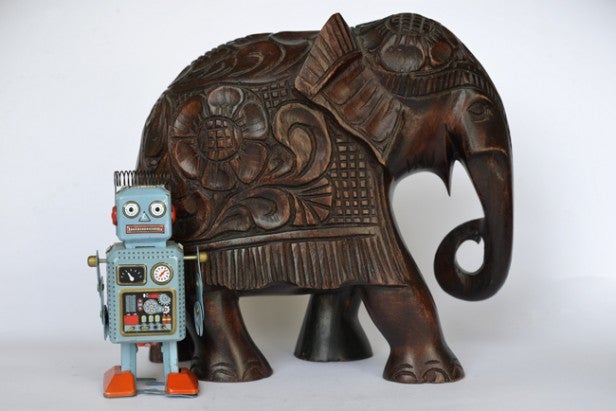
Original image @ ISO 100.
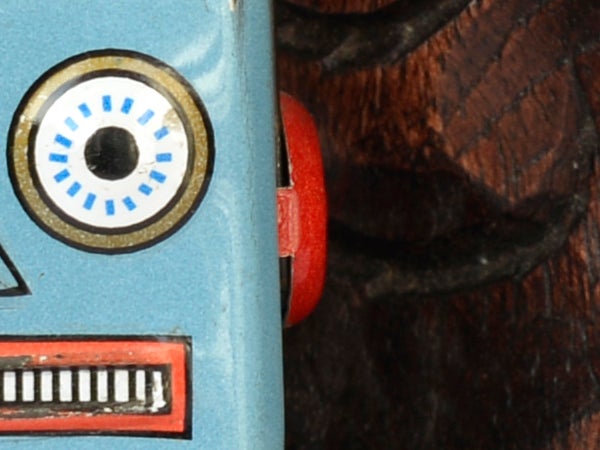
ISO 100 shows plenty of sharpness and fine detail…
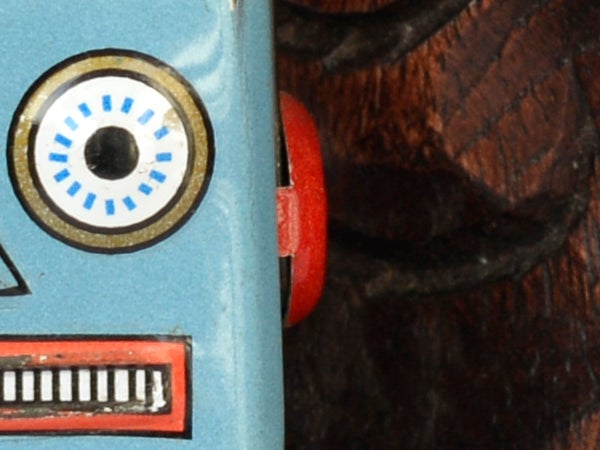
…as does ISO 200.
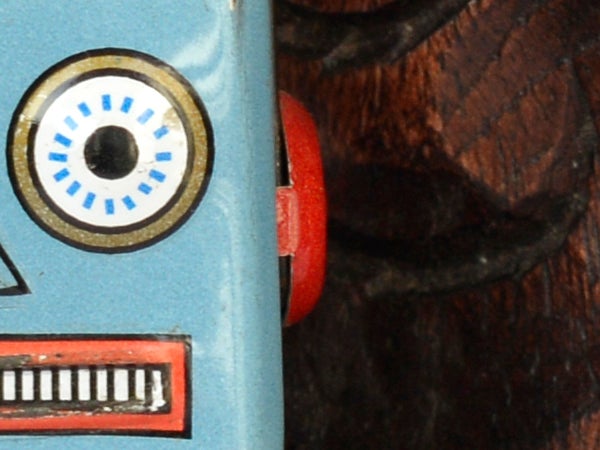
At ISO 400 and noise is still being kept at bay and the image retains plenty of detail.
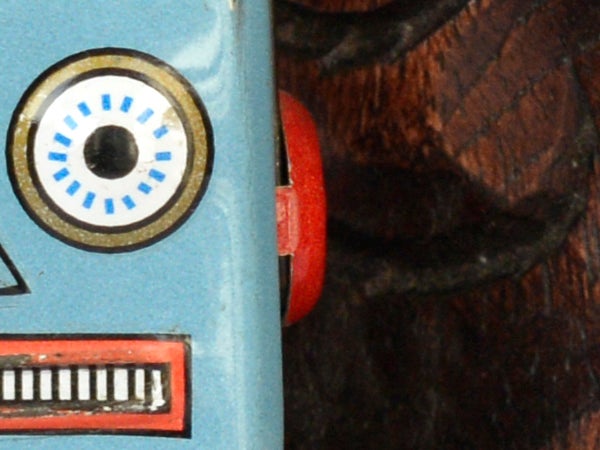
At ISO 800 the D800’s sensor is still doing an admirable job of keeping noise at bay.
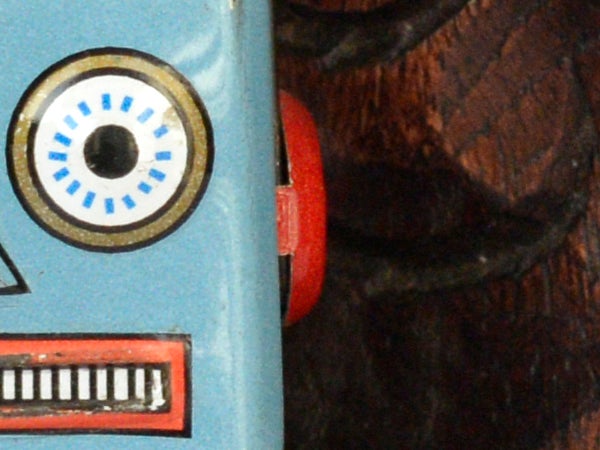
By ISO 1600 there’s there merest whiff of noise, but you really need to look hard to spot it.
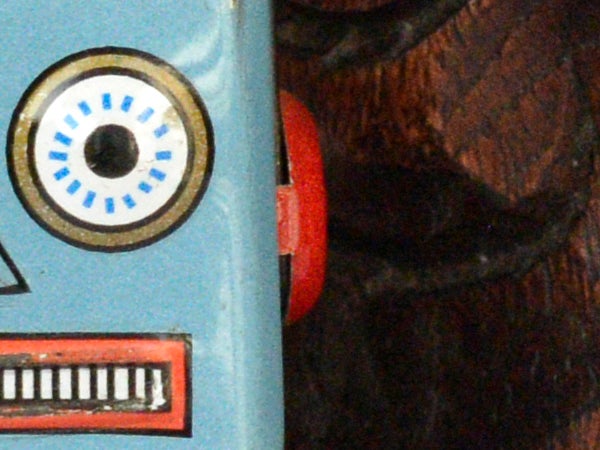
ISO 3200 is the cut-off point, after which noise becomes more prevalent – especially in processed JPEGs.
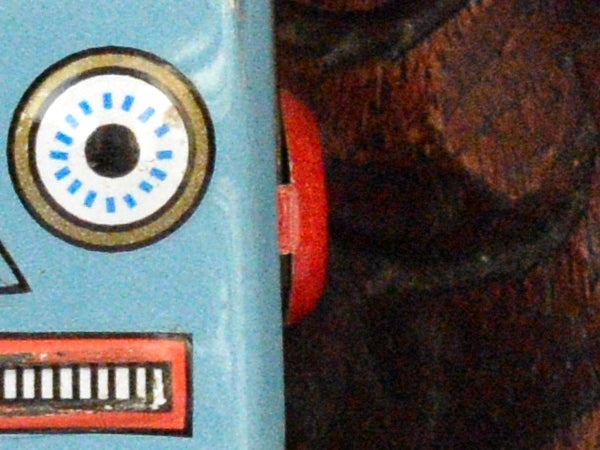
It’s not difficult to spot noise at the maximum setting of ISO 6400, however it’s still possible to make a perfectly good image.
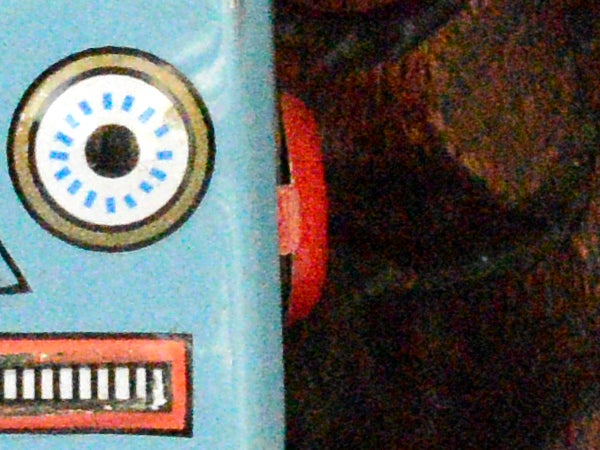
The first extended setting of ISO 12,800 (‘Hi1’ on the dial) shows a marked deterioration from ISO 6400.
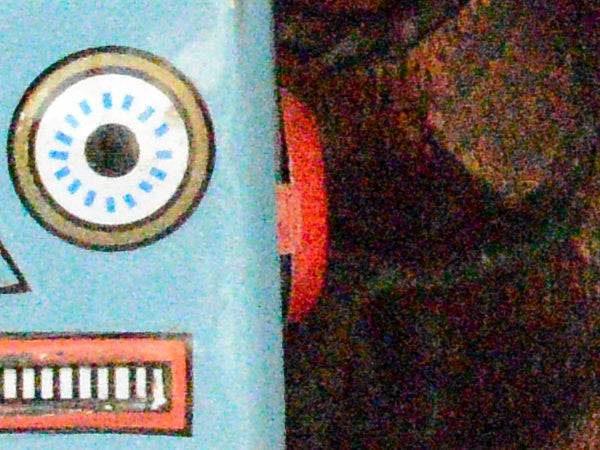
The top extended setting of ISO 25,600 (‘Hi2’) is fairly noisy, although Raw images can be normally saved – at least for use at smaller sizes.
We’ve re-sized the following images from
their native 7360 x 4912 pixels to 3680 x 2456 pixels on account of the
original file sizes (18MB ) being too individually large to upload to the TR server. But even at this reduced size we think they show pretty well how the D800 performs at high sensitivities in less than optimal light in a non-studio environment. Click on any image to open the main image viewer page, from where you can enlarge each image fully.

ISO 200 (for comparison)

ISO 1600

ISO 3200

ISO 6400

ISO 12,800 (‘Hi 1’)

ISO 25,600 (‘Hi 2’)
NB – We’ve had to re-size the following images from their native 7360 x 4912 pixels to 3680 x 2456 pixels on account of the original file sizes being too big to upload to the TR server. We think that, even at this reduced size, it’s pretty clear what the D800 is capable of. As usual, you can click on each of the individual images to view it at its full-size in another window.

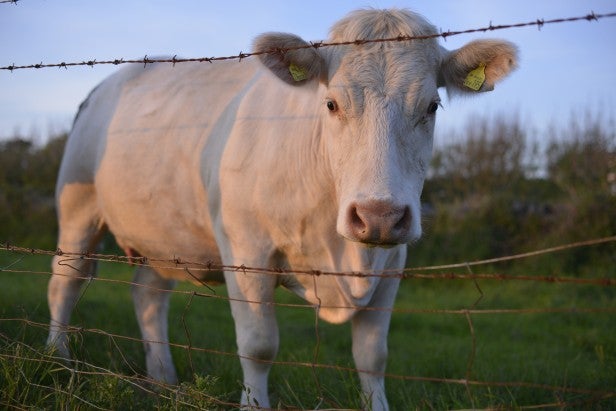
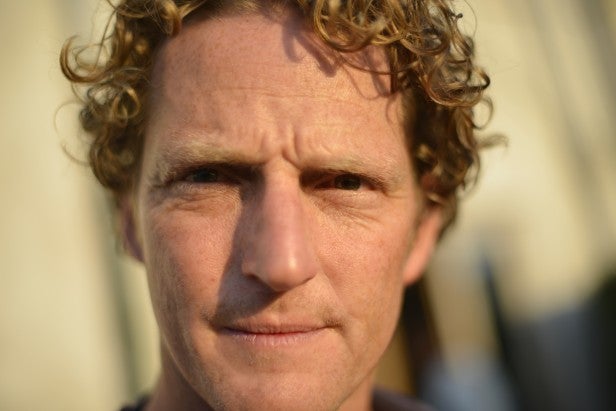
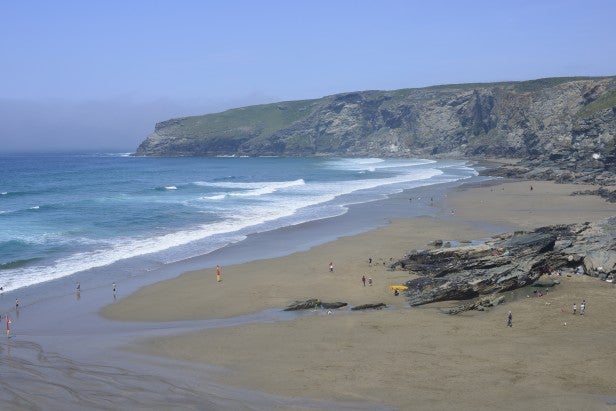


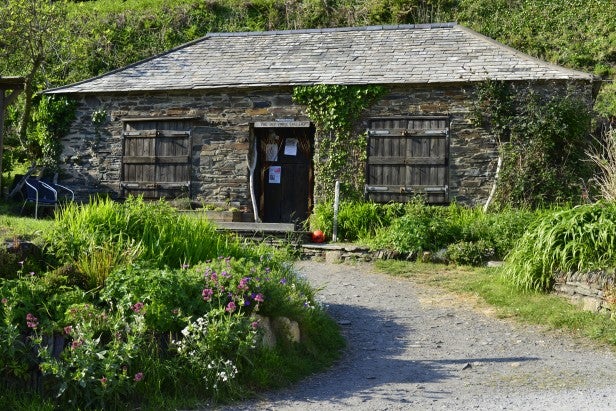
Trusted Score
Score in detail
-
Value 9
-
Design & Features 10
-
Image Quality 10
-
Build Quality 10

